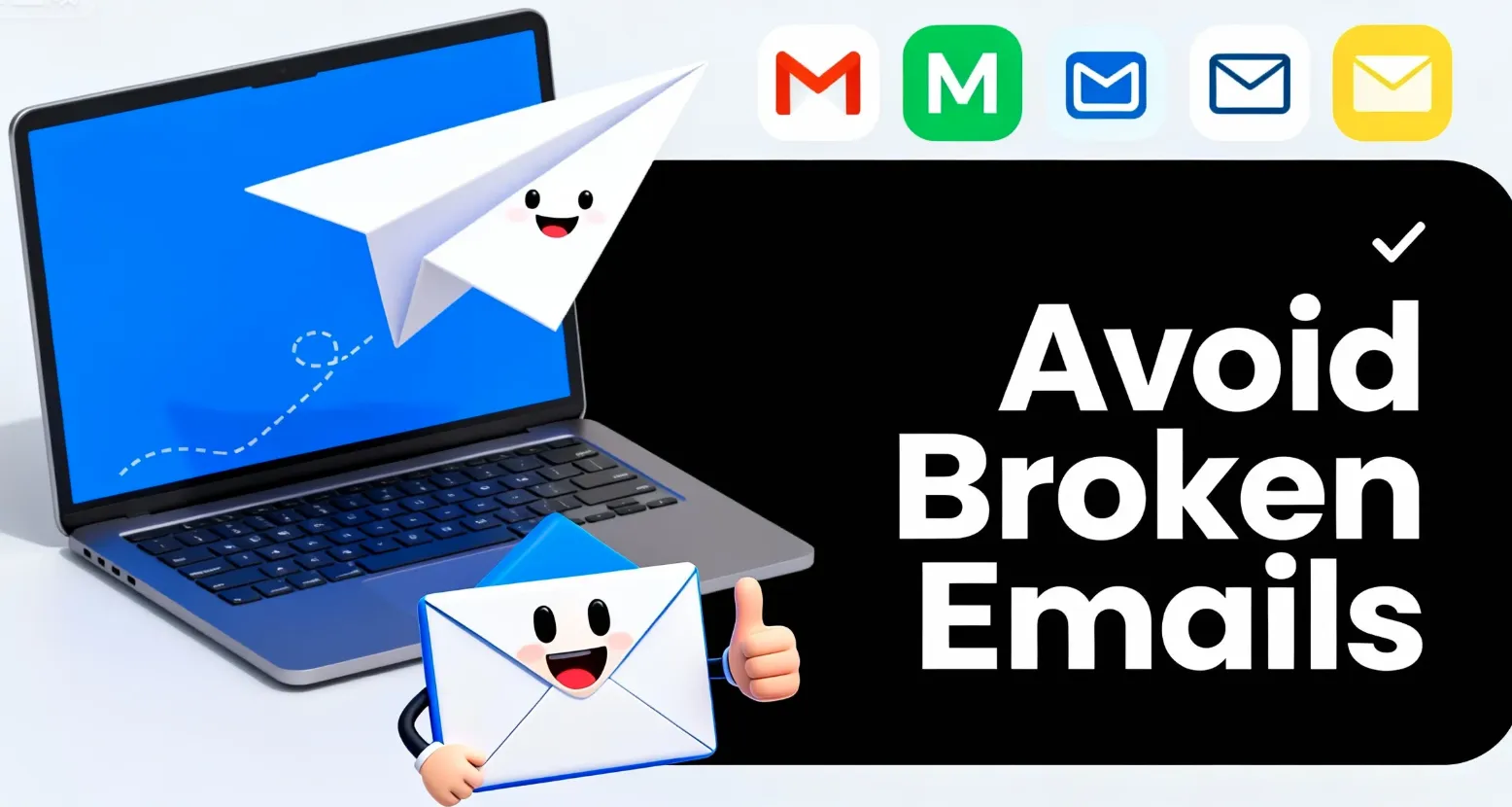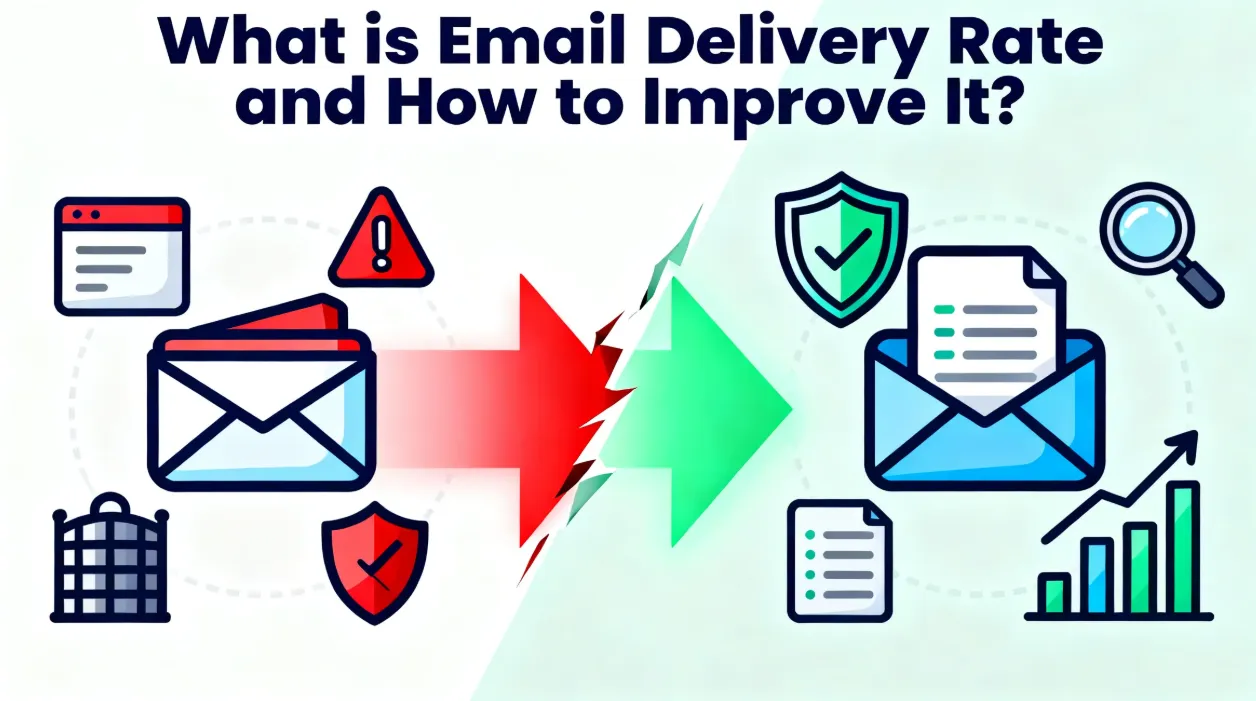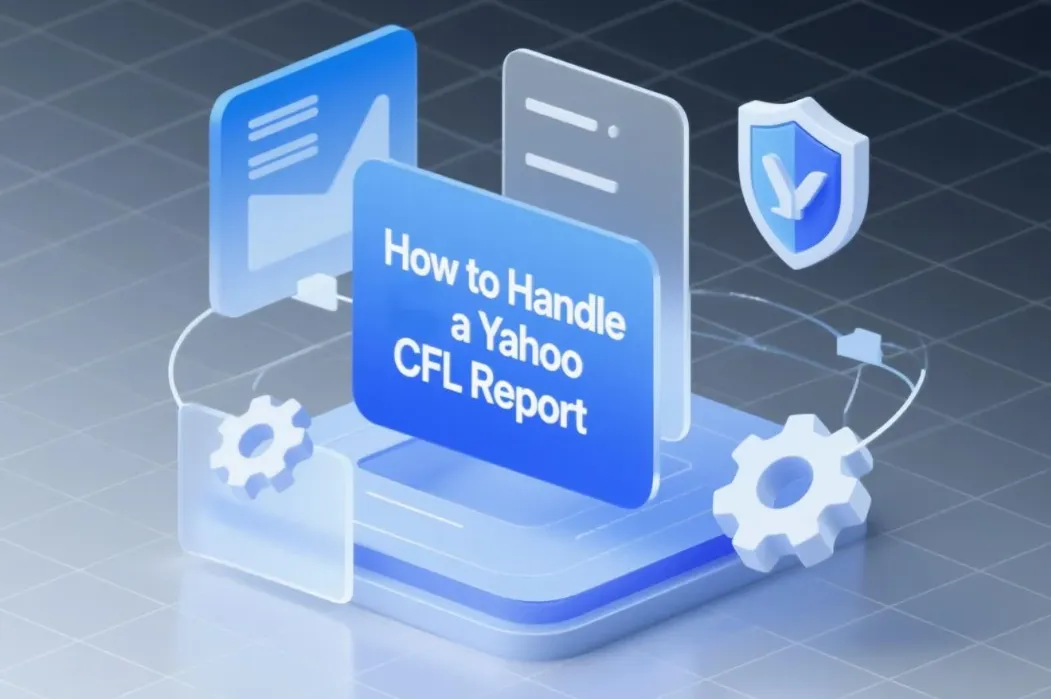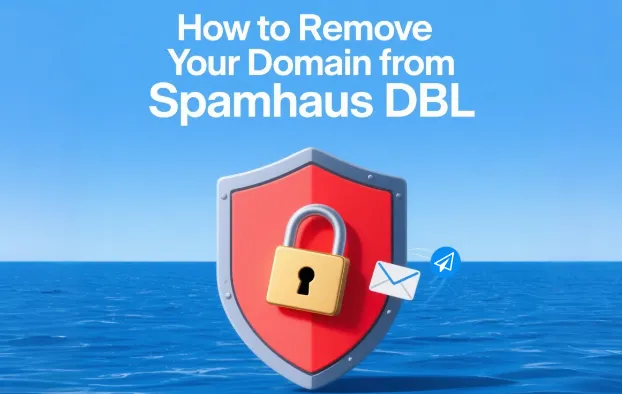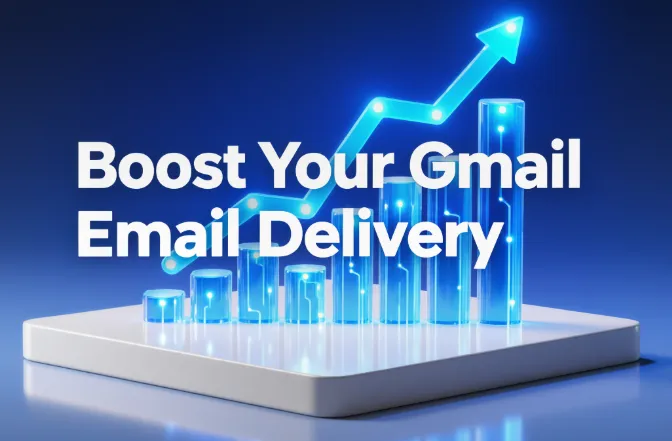Email can be deceptive; just press the send button, and poof, it's sent. But for marketers, it’s not that easy. Getting your email into someone’s inbox is half science, half strategy. If you want your campaigns to work, you must understand the gap between email delivery and email deliverability.
Why does this matter? Because even if your message “sends,” it might never reach the inbox where your customer actually reads it. Learning this difference is important to any business that relies on email marketing to expand. Statista findings show that more than 376 billion emails are sent every day but almost 20% of them are never received by the target audience. It is a massive loss of opportunity.
This guide simplifies things and uncovers how email delivery and email deliverability work and how you can boost both. Read on to learn more.
What Are Email Delivery and Email Deliverability?
Imagine mailing two packages. One gets accepted at the post office; great! The other one actually reaches your friend’s doorstep even better. That’s exactly how email delivery and email deliverability work. The first measures whether the receiving server accepted your email. The second measure was where it ended up in the inbox, the spam folder, or lost in cyberspace.
Definitions and Formulas
- Email Delivery: Think of this as your “shipping confirmation.” It informs you whether your message has been received in the mail server of the recipient. When the email bounced it did not even go beyond the gate.
- Email Deliverability: This is your confirmation of the delivery. It displays the fact that the email was deemed to be reliable to make it to the inbox rather than the junk.
Here’s how both are measured:
- Email Delivery Rate = (Sent Emails − Bounced Emails) ÷ Sent Emails × 100
- Inbox Placement Rate = Emails in Inbox ÷ Delivered Emails × 100
Delivery asks, “Did it arrive?” Deliverability asks “Where did it go?” When your email delivery rate is high, you know your messages are technically reaching destinations. But only when your inbox placement rate is strong are people actually seeing them.
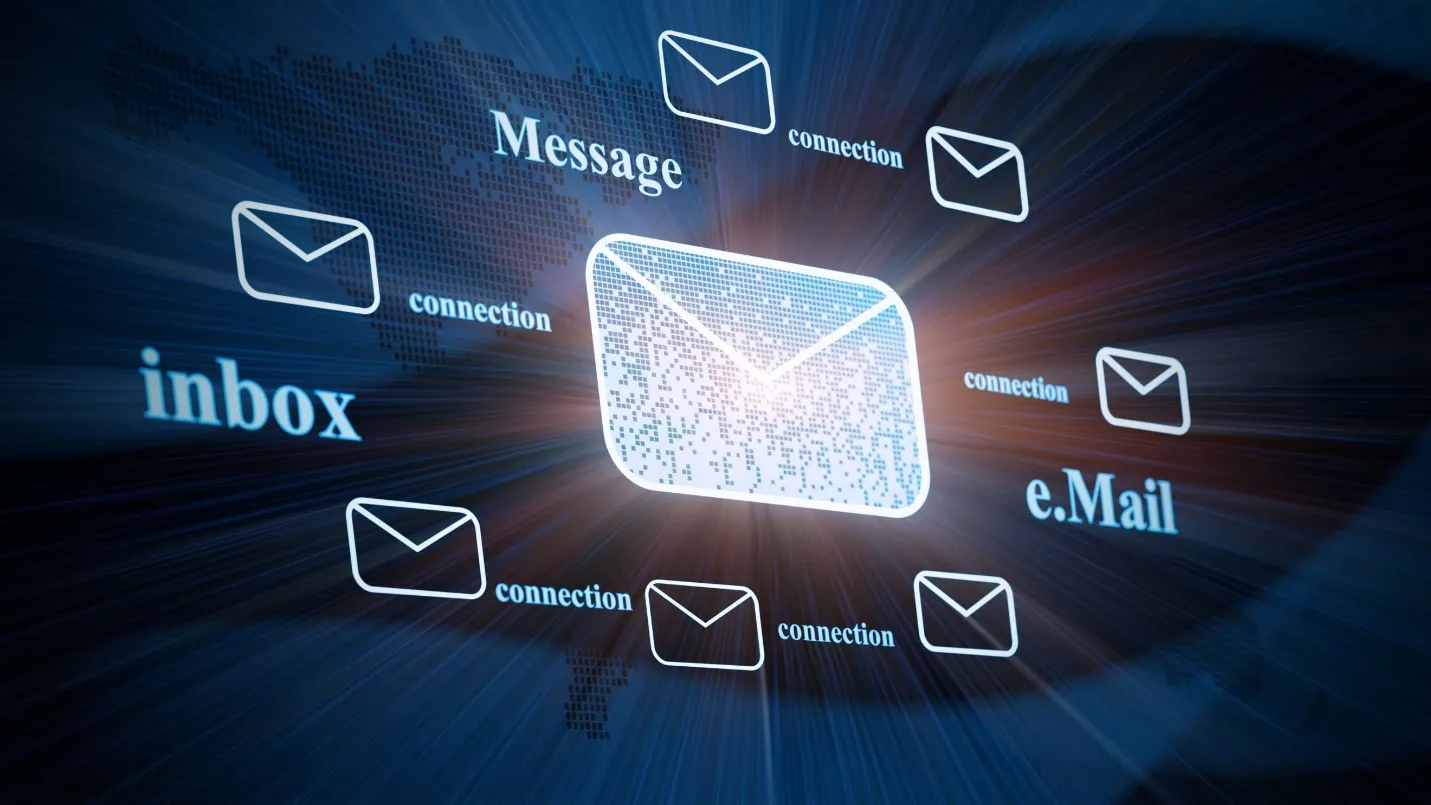
The Relationship Between the Two
Delivery and deliverability are like cause and effect. You can’t achieve deliverability without delivery first. A healthy sending system ensures the email gets “handed over,” while good deliverability ensures it’s “welcomed inside.” Both must work in sync if you want your campaigns to thrive. Poor delivery means your emails bounce before they even arrive. Poor deliverability means they arrive but get ignored because they’re stuck in spam.
Why It Matters?
Here’s the deal: email marketers often chase sending volume instead of visibility. However, what is the use of sending 10,000 emails and only half of them reach the inbox? The knowledge of both metrics will make you concentrate on quality and not quantity and that is what will make you have a better ROI.
Simplify Tracking with Aurora SendCloud
If all this sounds technical, don’t worry. Email management systems such as Aurora SendCloud show email deliverability and email delivery rates on a single dashboard. You get to see bounce patterns, email interaction statistics and inbox placement statistics in real-time. Hence; you will always see the performance of your emails and where to tweak to improve email deliverability.
The Key Differences Between Email Delivery and Email Deliverability
At first glance, email delivery and email deliverability sound like twins; but they play totally different roles in your email marketing success. Consider it in these terms, email delivery is getting through the door, email deliverability is getting a seat at the table.
Feature Comparison: Delivery vs. Deliverability
The following is a closer examination of how they are different at purpose and performance.
| Aspect | Email Delivery | Email Deliverability |
|---|---|---|
| Essence | Technical event - the server accepts your email. | Reputation metric whether it reaches the inbox. |
| Core Question | Was the email received by the server? | Where did it go inbox, spam, or trash? |
| Measurement Phase | Server-to-server communication. | Server-to-inbox placement. |
| Main Influencing Factors | SMTP setup, invalid addresses, bounces. | Sender reputation, content quality, engagement. |
| Success Status | Email accepted (no bounce). | Email appears in the inbox (not spam). |
Breaking It Down in Simple Terms
- Email Delivery is the “yes” from your recipient’s mail server; it means your message arrived at the front gate.
- Email Deliverability is the next step; your message got through the gate and landed in the inbox, not the junk pile.
Both matter. You can’t have great email deliverability without solid email delivery first. But focusing on delivery alone can trick you into thinking your campaigns are healthy when they’re not. Imagine sending 10,000 emails and celebrating a 99% delivery rate; but if only half land in inboxes, your real reach is just 50%. That’s where many marketers lose potential sales.

Influencing Factors You Should Know
These are the following things you should consider;
Email Delivery Rate
Your email delivery rate depends mainly on technical precision and server trust. Even small mistakes here can block your campaign.
Common issues include:
- Hard bounces: It is a domain of the email address that does not exist or is invalid.
- Soft bounces: Here, the mailbox is already occupied or the receiver server rejects the email temporarily.
- Technical: Badly configured DNS or malfunctioning SMTP authentication and IP blocks.
Pro Tip: It is a good idea to use a professional mail service such as Aurora SendCloud to track bounces and correct DNS errors. This way you will be able to rely on email delivery stability even when sending large mail volumes.
Email Deliverability
The issue of trust and engagement is all about deliverability. Although your mail could be that far as your mail server, Internet Service Providers (ISPs) determine where it will proceed. They are based on sender reputation, domain authority and user interaction in determining whether to take your emails to the inbox or spam box.
Key factors that affect deliverability:
- Sender reputation: ISPs assign a score to your IP and domain. Frequent spam complaints or bad engagement drag it down.
- Authentication measures: Lack of either SPF, DKIM or DMARC records may make your message appear to be suspicious.
- User interaction: Low open or click rate and high rates of un-subscribing are indicative of low relevancy.
Unless you pay attention to deliverability, your well-developed content will be sent to spam and nobody will look at it.
Pro Tip: Focus on writing valuable and engaging emails your audience actually wants to open. Good engagement feeds your sender reputation which in turn, boosts your inbox placement rate.
How Email Delivery and Deliverability Affect Email Marketing Campaigns
Both metrics determine the effectiveness of your email marketing campaigns in terms of reach to revenue.
Email Delivery: Building the Foundation
If your emails don’t reach servers, you’re invisible. Campaign Monitor notes that a 1 % drop in delivery can cost thousands of potential views .
Delivery impacts:
- How many people can receive your messages.
- The accuracy of analytics like opens and clicks.
- Your overall sending efficiency and server health.
Email Deliverability: Driving Results
Deliverability decides if your emails make money. Validity’s benchmark found that poor deliverability reduces revenue by up to 22% .
Deliverability impacts:
- Whether your content reaches the inbox.
- How your brand is perceived by ISPs and users.
- Future ROI through consistent visibility.
Email engagement (open rates or clicks and replies) indicates that providers want your emails. Increased involvement is an improved position the next time.
Balancing Both
Think of delivery as getting on the plane and deliverability as landing safely. You need both to reach your destination.
To boost both:
- Authenticate your domain (SPF, DKIM, DMARC).
- Clean lists regularly.
- Avoid spammy phrases like “Act Now!!!”.
- Segment by interest and region (U.S., Canada, U.K., Australia).
- Test subject lines before sending.
Aurora SendCloud will help to perform these checks automatically and increase the email delivery rate without lowering the delivery rates.
How Aurora SendCloud Powers Email Tracking
Modern marketers don’t guess; they track. Aurora SendCloud make it easy to measure and optimize both metrics.
Aurora SendCloud features:
- Real-time monitoring of email delivery rates and bounce patterns.
- Regional reports on inbox placement rates (U.S., U.K., Canada, Australia).
- Early warnings about sender reputation drops.
- Automated domain warm-up and authentication support.
- Unified reporting to track email engagement metrics alongside performance.
This transparency helps teams focus on creative messaging instead of technical guesswork.
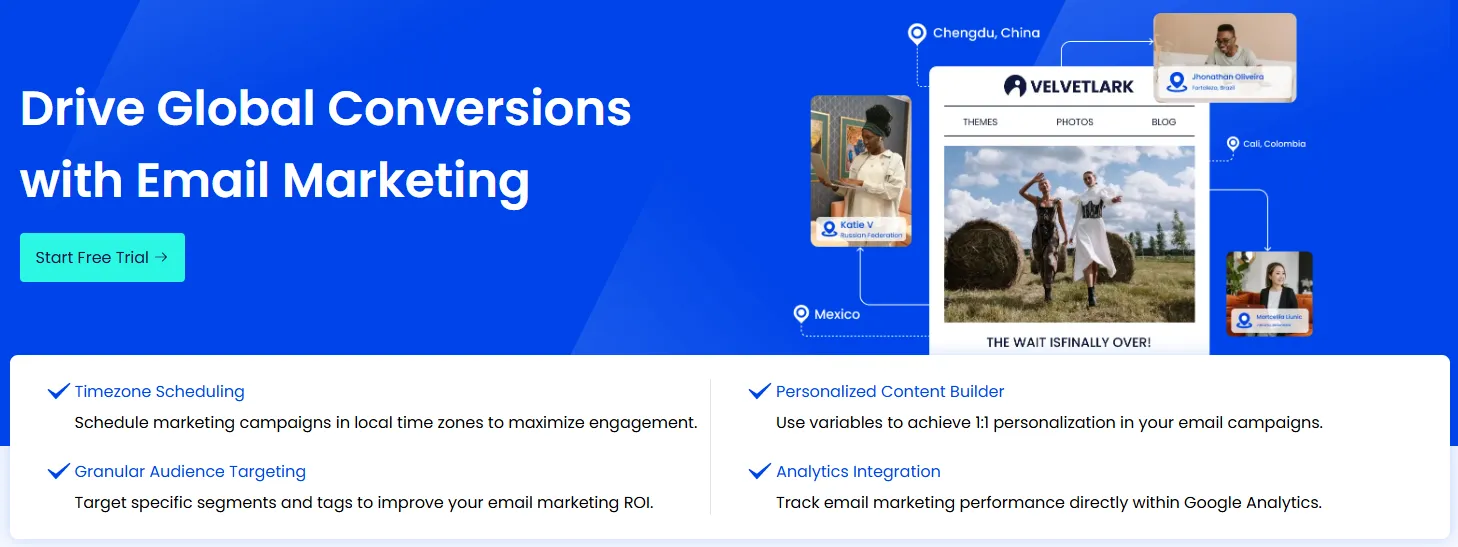
Summary
Email delivery and email deliverability may be similar at first sight, yet they are involved in email marketing in a very different way. Delivery guarantees that your messages are received by servers; deliverability is a determining factor as to whether they will be in the inbox. To succeed, watch both your email delivery rate and inbox placement rate.
You should reduce bounces and keep your reputation or offer interesting content that users are willing to open. Lastly, leave the technical part to Aurora SendCloud , including authentication and analytics, so that you can concentrate on strategy and storytelling. Because in the end, great delivery gets you sent but great deliverability gets you seen.

